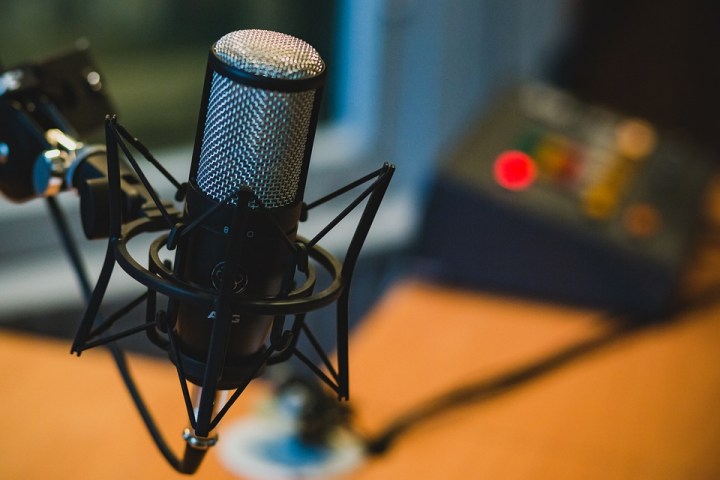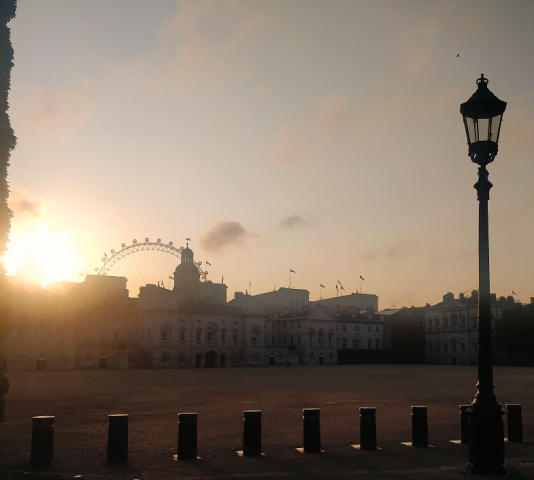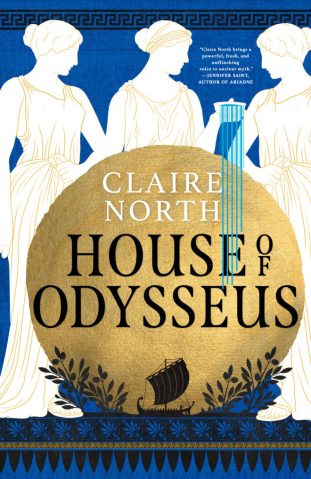People Watching
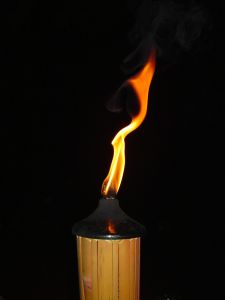
I’ve been reading a book about body language.
This isn’t because I feel like I don’t get body language. In many ways, my understanding of body language, like physical expression itself, is largely instinctual. I look at a friend, and recognise at once that something is wrong even before words have been spoken. I watch people on the street, and can see in a walk if someone is lost, has a purpose, is having a nice day off or is running late for work. It’s something we do from childhood upwards, as vital a clue to someone’s emotional state as anything we might say out loud, and occasionally more so, since words lie easily.
Working in a theatre, you’d assume you pick up a few things about body language, and how it can be used expressively. And I think you’d probably be wrong. Sure, I’ve spent a lot of time staring down a laser sight at some very good actors, acting their socks off, but the very nature of theatre, and acting, means what you see is often a huge representation of big ideas, being projected right up to the back seat of the auditorium. In Shakespeare, you wouldn’t feel you’ve got your money’s worth unless someone turns round in Act 5 and shouts, ‘by the by, this is serious shit I’m talking about’, and the body language tends to reflect this. Even in naturalistic drama, you can see a kind of choreographing in performance, particularly if you see the performance more than twice. A certain twitch here, a slight bobbing of the head there, it all adds up and becomes artificial. One actor, who I spent three months watching from the op box, was so thorough in his movements that we could play ‘guess the gesture’ over the techie’s intercom, and pretty much get a 100% hit rate of what big motion was coming with what approaching line. In short, once again, we learn this truth… art don’t necessarily imitate life all that well.
Why, however, am I reading a book on the subject, since I already have such strong feelings about people watching? The simple answer is this – it is fascinating, having a process which I’ve always done instinctively, formalised. Instinctively I’ve always thought ‘ridiculously hard handshake… probably over-compensating for something’, but to have these gestures broken down into their constituent parts is incredibly interesting. The various ways in which crossing arms can be interpreted, and where it comes from; the power of looking up with eyes and down with chin, the head tilt, the hair flick; all sorts of gestures which I’ve never had any problem understanding, but which I’ve never dedicated conscious thought to. This has also led to my new hobby – watching youtube videos of people who have been historically caught out lying, or admitting to terrible things, or hiding terrible things, or who were just generally in the public eye and forced to hide, or reveal certain things within that constraint – and trying to spot the ticks or mannerisms that make them unique, or give their words added power, or weakness. Last week was Princess Diana – a woman about whom I never had any strong feelings while she lived and very few after she died – this week is Nixon. I tried watching Thatcher too, but just got so angry so fast, I had to turn off and calm down.
In many ways, this exercise began because it’s always bugged me in books when a character observes another and reports… ‘She smiled. I thought there was something strange in that smile.’ Of course, in many senses, this is how life works… we see a movement, dub it ‘smile’, and yet can’t quite put our fingers on what’s wrong with it. Yet there’s so much communication and power in body language, I figured it’d be potentially exciting to see if I could get a formal grasp on it, so that the next time a character shakes another by the hand, the rules of whose palm is facing down and whose up, if not narratively essential, can at least be interesting….
